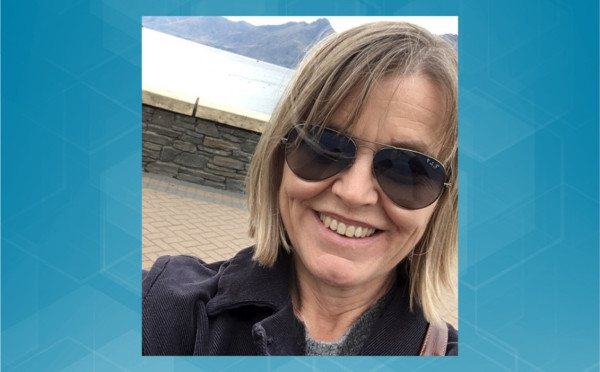At the table of standards development with Liz Ashwin
With New Zealand’s most sought-after standard under revision – NZS 3604:2011 Timber-framed buildings – we meet P3604 standards development committee member Liz Ashwin.

Liz Ashwin, P3604 committee member
Liz shares her journey to the table, having been involved on committees reviewing four standards since 2018, representing BOINZ (the Building Officials Institute of New Zealand).
‘When you sit around the table of standards development it gives you new insights and understanding. You know what you know, but you don’t know what you don’t know. That can only come from being face to face, sometimes virtually of course, to have robust conversations. This gives a much fuller picture.
‘The consensus approach works well to help banish any assumptions. On the committee I’m surrounded by some very clever and well-qualified people, but there can be a tendency to think everybody brings the same level of knowledge. As the non-engineer and representing the regulator, I can bring that questioning lens to make sure there are no assumptions being made that some users may not understand, and that content is clear and easy to understand. I try to make sure the standard is useable and plain English for all users – be they builders, architects, engineers, designers or students – not just at a high level but also Edmonds Cookery Book level, which is really important for a non-specific engineered design standard’
Heart is in homes
While Liz may not be an engineer, she does bring a career and personal history steeped in the construction industry. ‘I’ve spent a lifetime around building and construction – except for a brief spell to raise a family when I first moved to Christchurch, New Zealand – from my earliest memories growing up in the West Country in the United Kingdom, seeing my dad renovating old farmer’s cottages from scratch and joining him in the labouring. This influenced me to become a quantity surveyor. I’ve worked on many refurbishment jobs for the National Trust and English Heritage. The construction industry took a nosedive in the late 1980s to mid-1990s in the UK yet there was always a need for work in the councils and regulatory space, and most large builders would have an in-house quantity surveyor.
‘There’s always room to learn, and especially coming into New Zealand where the bulk of residential properties are vastly different to the United Kingdom, with more timber-framed homes, much fewer brick. I’ve enjoyed focussing on residential building work here in New Zealand, and there’s a greater focus on housing here than in the United Kingdom, with far less stock and high demand. I enjoy working with homes as they are personal spaces, they reflect people’s lives.‘
Quake shakes up standards
‘A major need for New Zealand building projects, of course, is factoring seismic activity into building-related standards. We rely on our buildings to do a lot for us in significant events. We’re still seeing the effects and implementation of learnings from the 2011 Canterbury quake and 2016 Kaikoura quake. We saw the response phase with buildings broken, then recovery phase after immediate effects and now another phase integrating the learnings from those events into standards looking towards rebuilding better for the future.’
Performance-based solutions
‘One of the most rewarding parts is the learning you take away from committee involvement. I went into it thinking I knew the document well, having used it for years, but then discovered from others how much more there was to learn. People bring very different views and solutions to the problem a standard is made for. Some on the committee, particularly academics with master’s students keen to help, would say, “right, let’s go away and test this”, and they would road-test ideas or myth-bust content. This can be a lot of work, and time consuming, but invaluable in informing the committee in how to progress.
‘I represent Building Consent officers through BOINZ and my day job involved processing building consent applications, so I am used to checking whether designs will comply with the code. When drafting an update to a standard a committee can have 100 percent confidence a particular detail or requirement will work, but unless that can be translated into a performance-based outcome which is easy to check and verify, then it needs to be challenged so that it works for both designers and the regulator.’
Your expertise can help
'Standards need people from all parts of the sectors. And not just committee members but also decision makers with nominating organisations. By participating you’re paying it forward, you’re helping your team for the future by ensuring docs are fit for purpose across all user groups.
‘If your voice isn’t there then there is a chance the document won’t do what you might need it to do, to your detriment or that of your part of the sector. I would encourage the different parts of any sector to support the process and get involved.
‘The process also relies on one key phase – the public consultation. You’re always going to get people who don’t submit or give feedback, and they may well think someone else will do it anyway. Committees are made up of people doing largely voluntary work, and you do your best, but the PC phase is critical to road test before anything is published. Public consultation can see hundreds of individual comments provided, and the committee will go through and consider every single one. So don’t feel your voice isn’t heard. See what’s proposed, say what you think works or doesn’t work. That’s everyone’s chance to get involved.’
